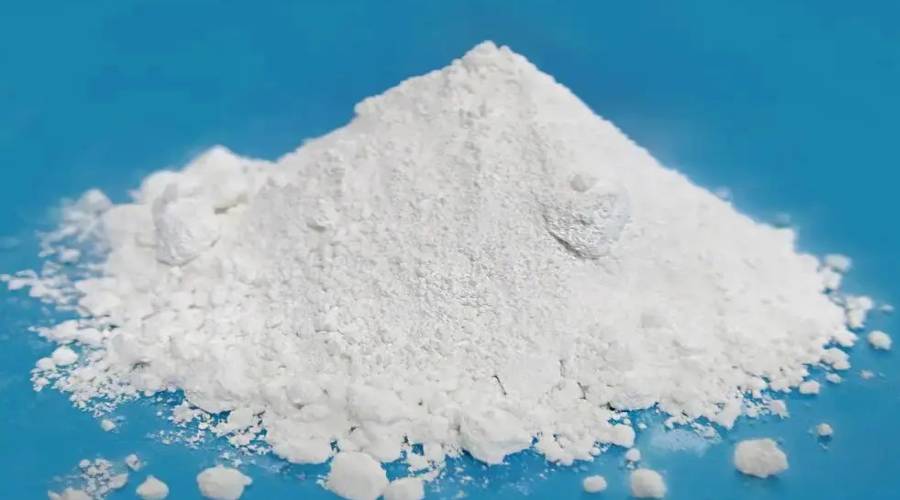Flame retardants are mainly divided into three categories: phosphorus, halogen and inorganic flame retardants, and BDP belongs to phosphorus flame retardants, while halogen is mainly represented by organic bromine flame retardants (such as TBBPA and DBDPE).
The organophosphorus flame retardants can be divided into engineering plastic flame retardants and polyurethane flame retardants according to the application scenarios, and they are two different products whose prices do not affect each other. Engineering plastic flame retardants are mainly added to PC (polycarbonate), including BDP, TPP, RDP. polyurethane flame retardants include TCPP, TDCP, TEP.
The combustion of brominated flame retardants will produce a large amount of toxic and corrosive hydrogen halide gas and release toxic substances such as dioxins and dibenzofurans, which are difficult to degrade and bioaccumulate, posing a threat to environmental protection and human health, and thus the EU has introduced regulations to prohibit the use of halogenated flame retardants in the housing and bracket of electronic displays; plastic parts larger than 50g should clearly identify the type of material, and if they also contain flame retardants, the corresponding information of the flame retardants should be marked. The new regulation was officially implemented on March 1, 2021.

